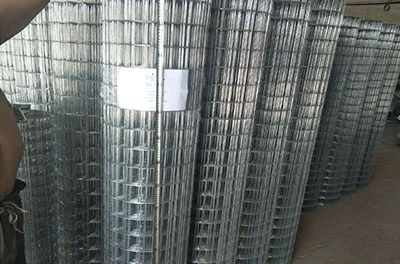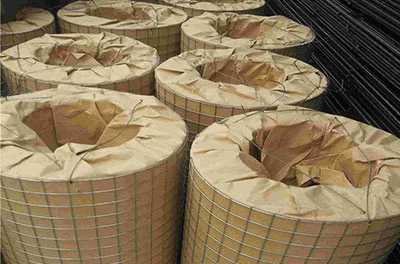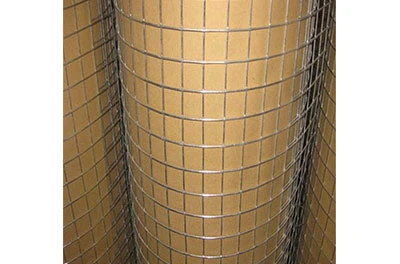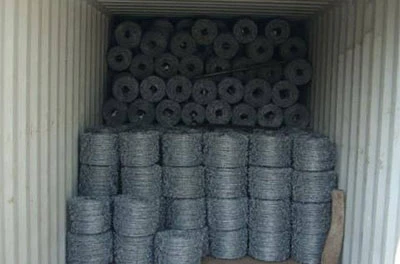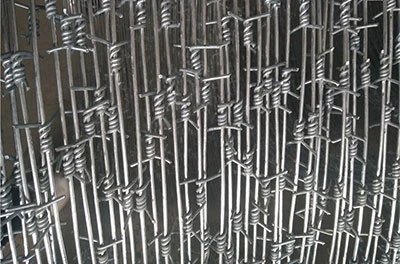Sep . 01, 2025 14:26 Back to list
Steel Grating Types And Uses
Steel grating represents one of the most versatile and durable construction materials available today, offering exceptional strength-to-weight ratios for countless industrial and architectural applications. As a specialized form of metal grating, these open-grid structures provide secure walking surfaces, efficient drainage solutions, and robust safety barriers across numerous industries. The term gratings encompasses various designs, each engineered to meet specific performance requirements in different environments.
Modern steel grating manufacturing has evolved to produce products that combine structural integrity with design flexibility. From heavy-duty industrial platforms to decorative architectural features, these systems provide solutions that balance functionality with cost-effectiveness. The manufacturing process typically involves either pressure-locking or welding steel bars to create rigid, load-bearing panels that can withstand substantial weight while allowing light, air, and liquids to pass through.
Understanding the different types of metal grating available enables engineers, architects, and facility managers to select the optimal product for their specific needs. Factors such as load capacity, corrosion resistance, slip resistance, and aesthetic requirements all play crucial roles in determining which gratings solution will perform best in a given application. This comprehensive guide explores the various options and their ideal uses across different industries.

Types of Steel Grating and Their Characteristics
The construction industry utilizes several distinct types of steel grating, each designed with particular performance characteristics and applications in mind. The most prevalent varieties include welded metal grating, press-locked grating, and swage-locked grating, all offering unique advantages depending on usage requirements.
Welded gratings represent the most heavy-duty option, created by electrically fusing bearing bars and cross bars at each intersection. This manufacturing method produces extremely strong panels capable of supporting substantial loads, making them ideal for industrial platforms, mezzanines, and heavy equipment areas. The welding process creates rigid connections that prevent bar movement even under intense vibration or impact loads.
Press-locked steel grating offers a slightly different approach, where bearing bars and cross bars are mechanically joined through a cold-forming process that deforms the metal to create secure connections. This type provides excellent load-bearing capacity with a smoother surface finish, often preferred in architectural applications where appearance matters alongside functionality. Many pedestrian bridges and public infrastructure projects utilize press-locked metal grating for its combination of strength and visual appeal.
Swage-locked gratings feature a unique construction where cross bars are permanently joined to bearing bars through a swaging process that creates mechanical interlocks without welding. This produces exceptionally clean lines and uniform appearance while maintaining structural integrity. The swage-locking method proves particularly effective in corrosive environments where welded joints might create vulnerability points.
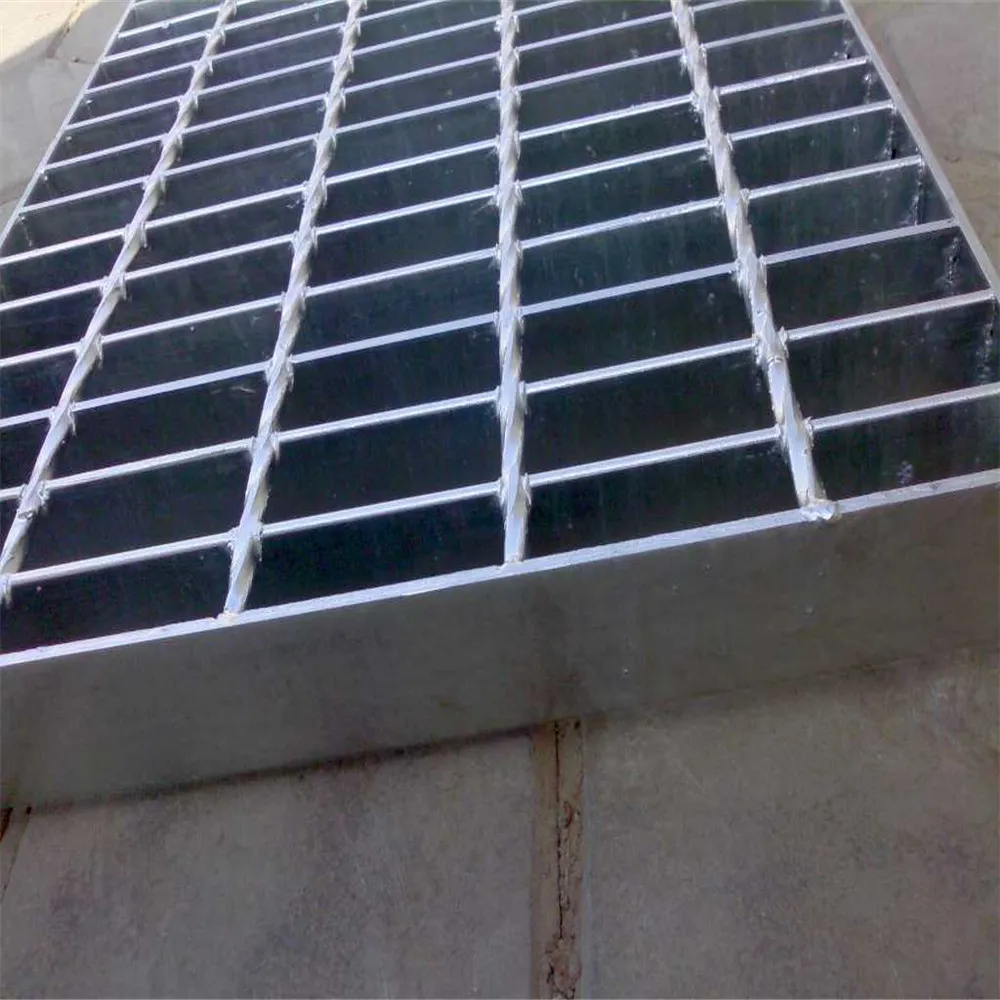
Applications of Metal Grating Systems
Metal grating serves as an essential component in numerous industrial settings, providing safe walking surfaces, equipment platforms, and protective covers that withstand demanding conditions. The oil and gas industry extensively uses heavy-duty steel grating for offshore platforms, refinery walkways, and drilling rig structures where strength, durability, and slip resistance are paramount.
In manufacturing facilities, gratings create mezzanine floors that maximize vertical space while allowing light and air circulation throughout the workspace. The open grid design facilitates maintenance access to pipes and electrical conduits running beneath elevated work areas.
Architectural and Commercial Uses of Steel Gratings
Beyond industrial applications, steel grating has gained significant popularity in architectural and commercial settings where designers seek to combine functionality with aesthetic appeal. Modern architects frequently incorporate metal grating into building facades, creating visually striking sunscreens that regulate light penetration while maintaining airflow.
Pedestrian bridges and public walkways increasingly utilize gratings for their combination of strength, slip resistance, and design flexibility. The open grid structure allows rainwater to pass through, eliminating puddling and ice accumulation issues common with solid surfaces. Many urban landscapes feature decorative steel grating patterns that enhance public spaces while providing durable walking surfaces.
Commercial buildings often employ metal grating for stair treads, balcony floors, and rooftop terraces where weight considerations and drainage requirements make traditional materials impractical. The variety of available finishes—from powder-coated colors to natural metal patinas—allows designers to match gratings to the building's aesthetic theme while ensuring long-term performance.
FAQs About Steel Grating
What factors determine the appropriate steel grating type for a project?
Selecting the right steel grating involves evaluating several key factors including expected load requirements, environmental conditions, slip resistance needs, and aesthetic considerations. Engineers typically start by calculating the required load capacity based on intended use, then consider corrosion potential which determines whether standard carbon steel or stainless metal grating is appropriate. The frequency of pedestrian traffic and presence of liquids or oils help determine necessary slip resistance features, while architectural projects may prioritize visual characteristics of the gratings.
How does metal grating compare to alternative flooring materials?
Metal grating offers distinct advantages over concrete, wood, or solid metal flooring in many applications. Unlike concrete, steel grating is lightweight, allows for drainage and ventilation, and can be installed quickly without curing time. Compared to wood, gratings provide far greater durability, fire resistance, and load capacity. While solid metal plates offer similar strength, they lack the drainage and airflow benefits of open metal grating designs. The modular nature of steel grating also simplifies installation and future modifications.
What maintenance does steel grating require?
Maintenance requirements for steel grating vary by material and environment. Galvanized metal grating in moderate conditions may need only occasional cleaning, while carbon steel gratings in corrosive environments require regular inspection and protective coating maintenance. Stainless steel versions typically demand the least maintenance, needing only periodic cleaning in most applications. All types benefit from regular debris removal to maintain drainage capabilities and visual inspections for any signs of wear or damage to the bearing bars or cross members.
Can gratings be customized for specific project needs?
Modern manufacturing allows for extensive customization of steel grating to meet precise project requirements. Metal grating can be fabricated in non-standard sizes, with custom bar spacing patterns, and in various metal thicknesses to achieve specific load ratings. Special finishes like powder coating or specialty metals accommodate unique aesthetic or environmental needs.
What safety standards apply to steel grating installations?
Steel grating installations must comply with relevant safety standards, or equivalent regulations in other countries. Key standards address slip resistance, load capacity, and opening sizes to prevent trip hazards. Industrial metal grating often must meet specific fire codes and structural standards . Architectural gratings may need to comply with accessibility guidelines regarding surface smoothness and joint clearances. Professional engineers typically specify the appropriate standards for each application.
The diverse range of steel grating products available today offers solutions for virtually every industrial, commercial, and architectural need. From heavy-duty metal grating that supports massive industrial equipment to decorative gratings that enhance building aesthetics while providing functionality, these systems have become indispensable in modern construction and design.
Understanding the various types of steel grating, their manufacturing processes, and ideal applications enables professionals to select the optimal product for each unique situation. The continued innovation in metal grating materials and production techniques promises even more advanced solutions in the future, with developments in coatings, alloys, and fabrication methods expanding the possibilities for these versatile products.
Latest News
-
Heavy Duty Yard Gully - Durable Industrial Drainage Solutions for Harsh Environments
NewsNov.24,2025
-
Everything You Need to Know About In Grating: Applications, Benefits & Trends
NewsNov.24,2025
-
Electro and Hot-Dip Galvanized Welded Wire Mesh Roll 1/8–4”
NewsNov.17,2025
-
Wire Mesh Conveyor Belts - Stainless Steel, Heat-Resistant
NewsNov.17,2025
-
Durable Circular Grating Solutions for Industrial Applications
NewsNov.17,2025
-
2m x 1m x 0.5m Galfan Gabion Basket Retaining Wall Design
NewsNov.17,2025
Our company owns has excellent CAD steel grating drawing designers, who can provide customers with perfect steel grating layout design and better meet customers' special requirements for products. We have been adhering to it the business tenet of "quality first, customer first", with high-quality products, reasonable prices, and the fastest delivery time, we wholeheartedly provide customers with a full range of services! Welcome new and old customers to cooperate sincerely and create brilliance together!
Contact Us
WELCOME TO OUR COMPANY!
Thank you for your interest in our services! If you have any questions or wousld like to book a service, please don’t hesitate to contact us. Our team is dedicated to providing you with the highest level of service and support, and we are committed to working with you to make your event a success.

Service Email

Service Phone
Product Center
Contact Us
- Phone: +86 +86 15733154345
- E-mail: sales@chengsenchina.com
- Address: B1213 GLOBAL CENTER, NO.226 ZHONGHUA NORTH STREET, SHIJIAHUANG, CHINA



